Brandywine Viburnum – 3 Gallon Pot
$89.97 Original price was: $89.97.$62.98Current price is: $62.98.
SKU: D2LSC 2897931119 Category: FRAGRANT PLANTS
- Buy quality, buy with us.
- Your Security is Our Promise
- Sustainable materials, for a better tomorrow.
- SSL encryption, absolutely safe shopping

Brandywine Viburnum
Viburnum nudum ‘Bulk’ – Brandywine
Other Names: Possumhaw Viburnum, Smooth Witherod
Plant Details
USDA Plant Hardiness Zones: 5a-9b Find Your Zone
Plant Type: Deciduous Flowering Shrub or Small Tree
Height at Maturity: 5-6
Width at Maturity: 5-6′
Spacing: 5′ apart for solid hedge; 10’+ apart for space between plants.
Growth Habit / Form: Upright, Rounded
Growth Rate: Moderate
Flower Color: White
Flower Size: 3-5″ wide clusters
Flowering Period: Mid to Late Spring
Flower Type: Flat-top Clusters
Fragrant Flowers: Yes
Foliage Color: Dark Green, Deep Maroon-Red in fall
Fragrant Foliage: No
Berries: Yes
Berry Color: Vivid Pink and Blue
Sun Needs: Full Sun, Morning Sun With Afternoon Shade, Morning Shade with Afternoon Sun
Water Needs: Average
Soil Type: Clay (Loam or Sandy Clay), Loam, Sandy, Silty
Soil Moisture / Drainage: Moist to Wet
Soil pH: 5.0 – 6.5 (Acid)
Maintenance / Care: Low
Attracts: Butterflies, Visual Attention
Resistances: Cold Temperatures (-20F), Deer, Disease, Heat, Insect, Wet Soil, Boggy Soil
Description
Adored for its colorful flowers, foliage and berries that come across three seasons, the Brandywine Viburnum is a beautiful North American native selection that aims to please. In mid to late spring it features abundant, flat-topped clusters of aromatic white flowers up to 5 inches across. The flowers are followed by equally abundant berries in stunning shades of vivid pink and blue with both colors often appearing in the same cluster. Berry production is good without a pollinator, though Viburnum nudum ‘Winterthur’ as a companion might help to produce a few more berries. We hear the berries are highly acidic but edible. Elliptic to lanceolate glossy dark green leaves up to 4 inches long turn to incredible shades of deep maroon-red in fall. More compact than the species, Brandywine forms a well-rounded shrub 5 to 6 feet tall and equally as wide, which makes for a good fit as a specimen in smaller garden spaces or groupings or a hedge where space allows. As with other Viburnum nudum varieties, Brandywine prefers life on the moist side, so is perfect for growing in those sunny to partially shaded areas where the soil tends to stay damp to wet. A fine choice for attracting birds to your yard, but is not particularly attractive to deer and we’ve seen no problems with insects or disease. What more could we ask from a flowering shrub?
Landscape & Garden Uses
Growing 5 to 6 feet tall and equally as wide, Brandywine Viburnum is ideal for use as an eye-catching specimen in smaller garden spaces or in groupings in landscape, woodland and flowering shrub borders. Also a nice accent in home foundation plantings. A fine addition to native plant gardens, bog gardens, bird gardens and cottage gardens.
Suggested Spacing: 5 feet apart for solid hedge; 10 feet or more apart for space between plants.
Growing Preferences
Brandywine Viburnum is very easy to grow in most any damp to wet soil of average fertility and full sun to part shade. It prefers a loamy soil rich in organic matter. Deer haven’t touched it in our gardens. For best flowering, at least 4 hours of direct sunlight per day is suggested. Responds well to light pruning in fall for shaping purposes though doing so might remove some of the berries.
Helpful Articles
Click on the link below to find helpful advice from our experts on how to plant, prune, fertilize and water Viburnums.
How To Plant And Care For Viburnum Plants
Plant Long & Prosper!
Meet The Wilson Brothers & Staff
Questions? Contact Us
Be the first to review “Brandywine Viburnum – 3 Gallon Pot” Cancel reply
Related products
Sale!
FRAGRANT PLANTS
Sale!
FRAGRANT PLANTS
Sale!
FRAGRANT PLANTS
Sale!
Sale!
Sale!
FRAGRANT PLANTS
Sale!
FRAGRANT PLANTS
Sale!

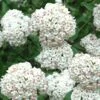

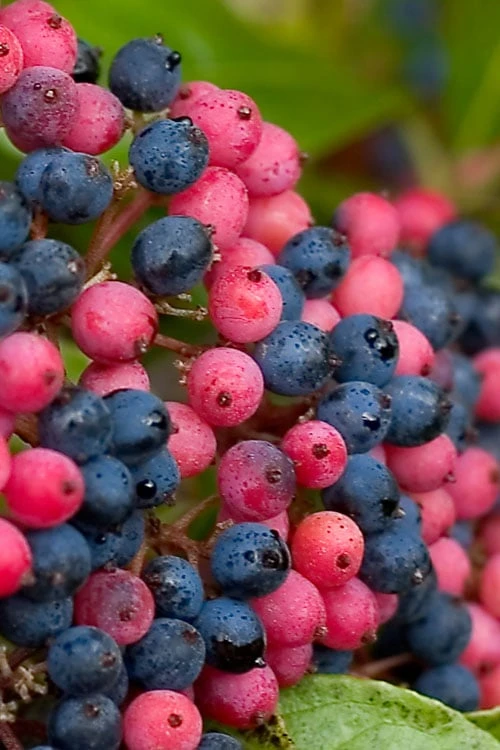
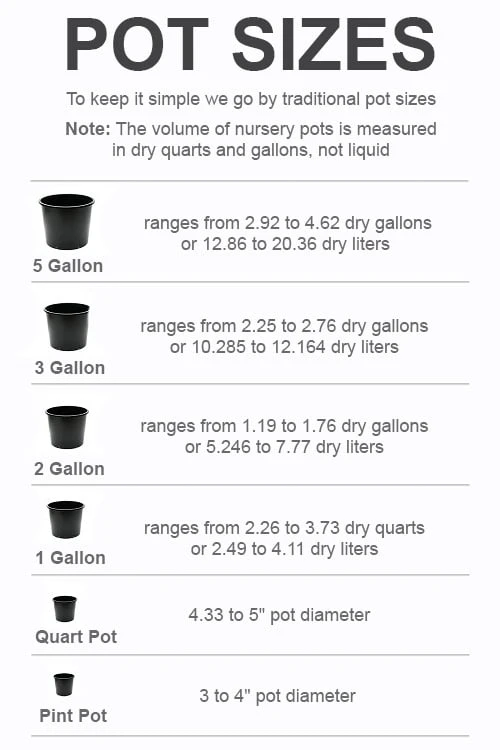
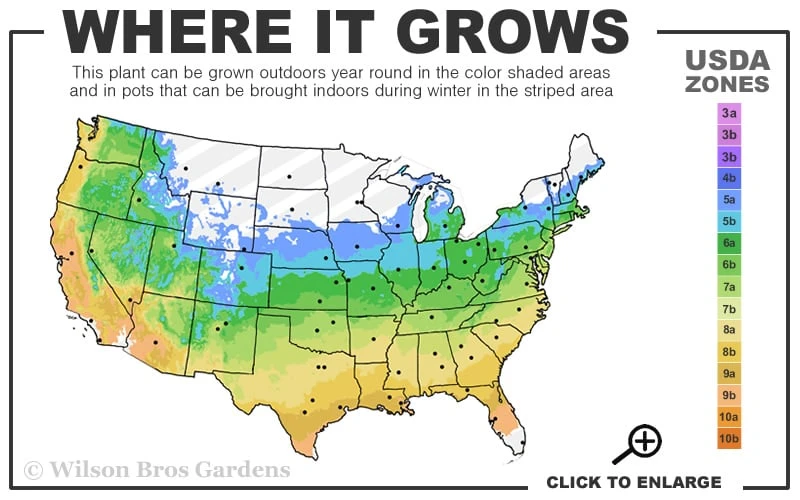
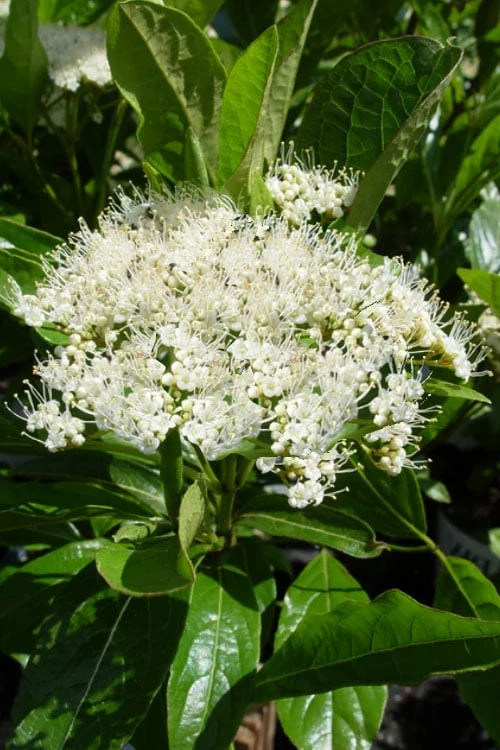


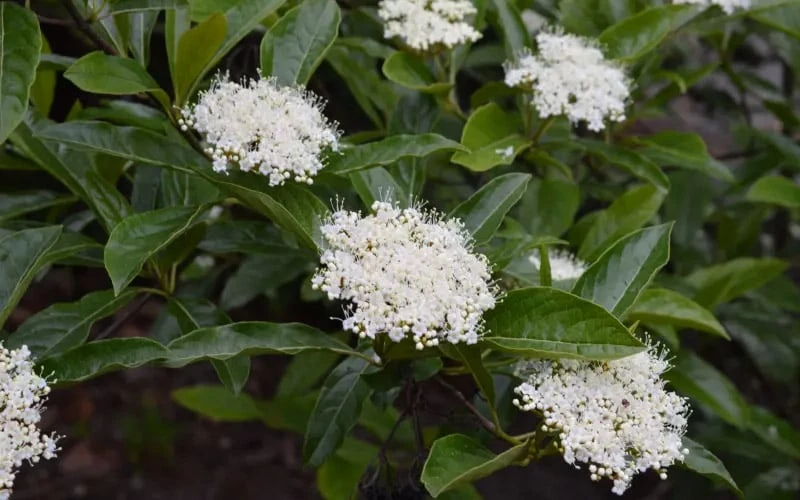


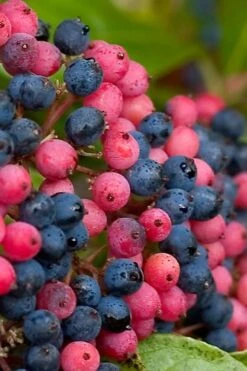
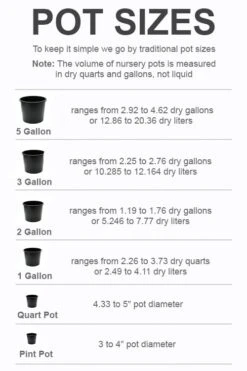
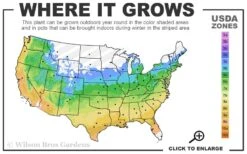

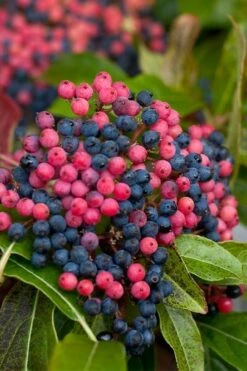
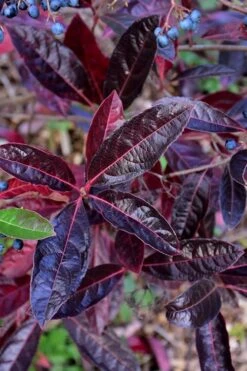

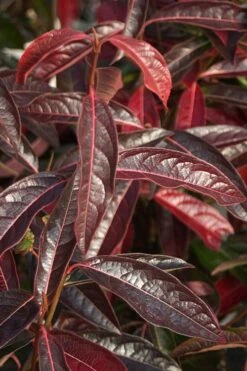




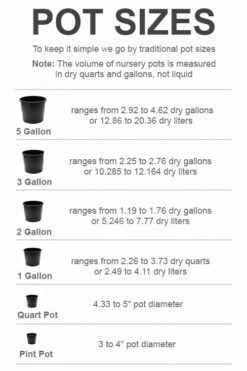

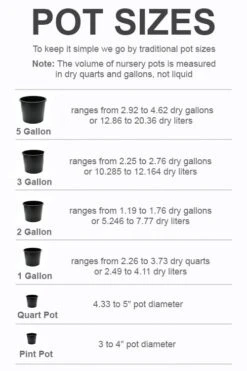
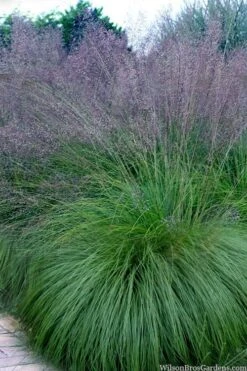
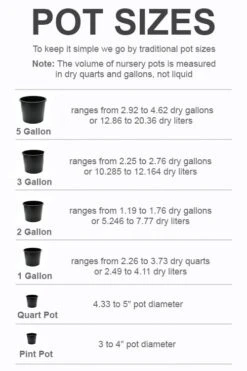
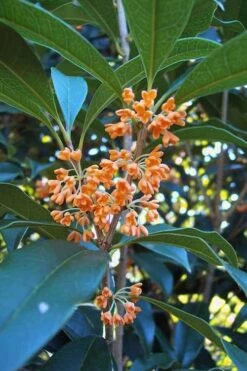
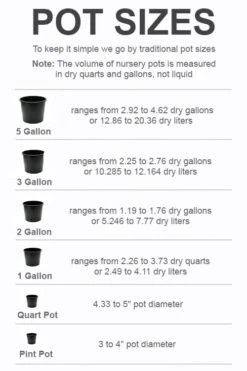
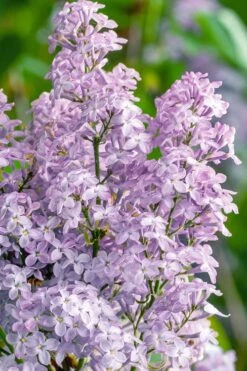


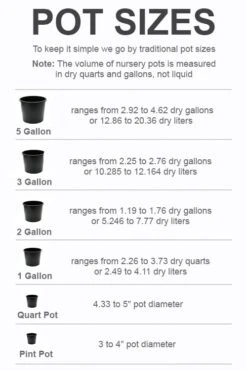

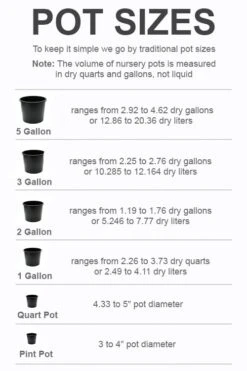
Reviews
There are no reviews yet.